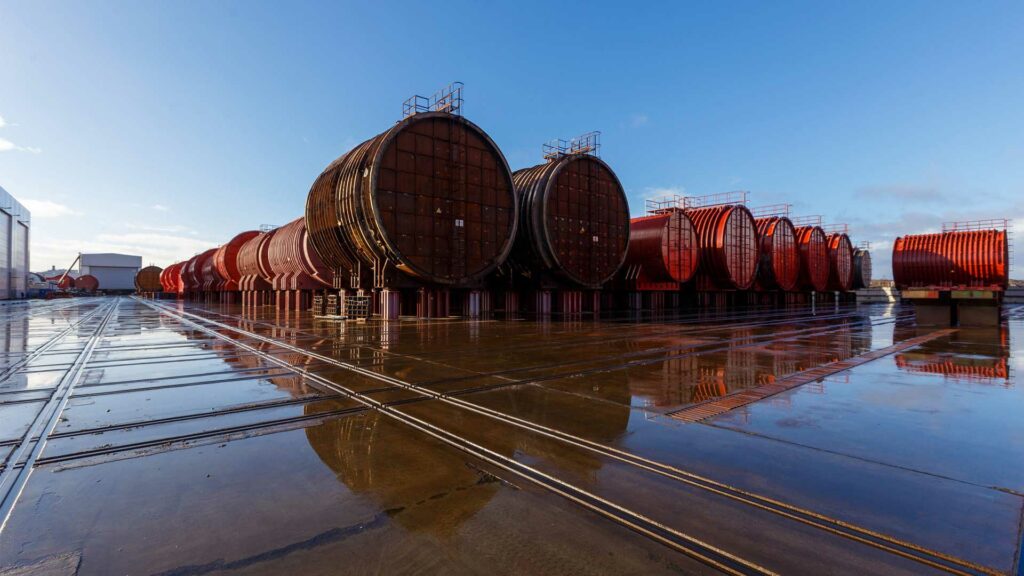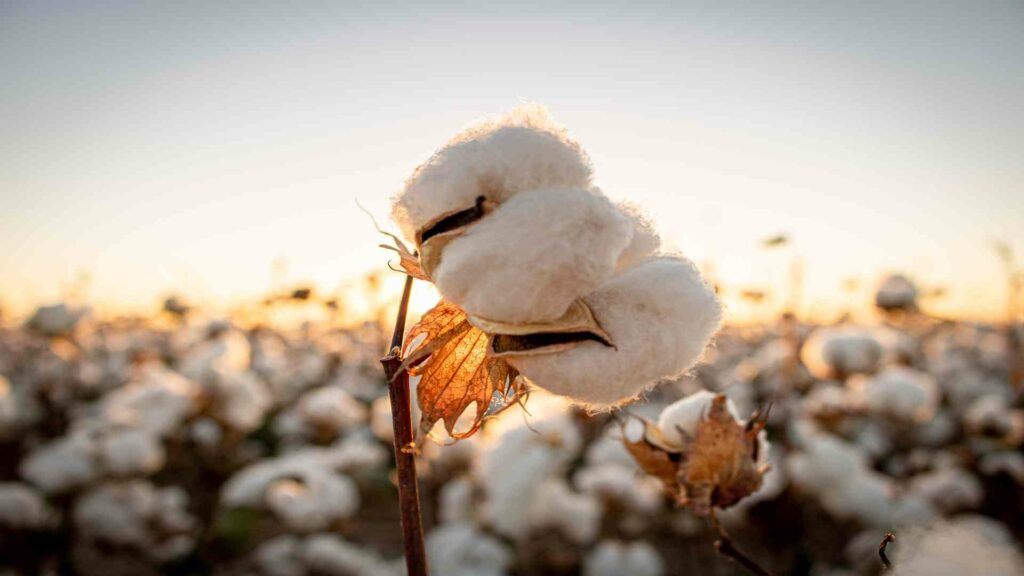Country Profile of China Borates
Country Profile of China Borates – China is a net importer of borates with few natural resources. However, it still dominates in exporting finished products to global markets as the third-largest exporter. China holds only 3% of global borate reserves. China’s most crucial boron minerals are tincal, borosilicate, and ascharite. Liaoning and Qinghai are the main areas with minable borate resources.

China Borates
Borates in China
Although there are more than 100 identified borate deposits in China, their mining potential and low-grade nature mean that China must import significant amounts of borates from Russia, Turkey, Chile, and Chile.
The exports of China’s borates increased by $1.52M (111%) between $1.38M and $2.9M while the imports increased by $3.01M (22.8%), from $13.2M a $16.2M. China produces a wide variety of boron products. For example, refined borax, boric acid, boron hydroxides, perborates, boron carbide, etc.
Boron Mineral Reserves In China
Around 83% of the mine capacity is in Liaoning. 9% are in Tibet, 6% Qinghai, and 2% are in Xingjian. Over 90% of boron ore reserves contain less than 12% B2O3, while only 8.5% contain more than 20% B2O3. Most of the resources are in the form of ludwigite.
This has a boron concentration of between 7-8% and 20% B2O3, which poses challenges for processing. The majority of high-grade material is szaibelyite. The salt lake deposits of Qinghai, Tibet, average 3.3% B2O3, while brines grade at 866 mg/l.
The Ministry for Land and Resources (MLR) reports that just under 60% of China’s proven boron reserves (22.95Mt B2O3) have been found in the form of boromagnesite ore, in Liaoning. Resources are also found in Jiangsu and Guangxi. Another 41% of the reserves were discovered in salt lake deposits and brined on Qinghai Tibet Plateau.
The Ludwigite Deposit in Liaoning, China, is the largest and holds a large portion of China’s current boron reserves. The deposit’s planned mine life is between 50 and 100 years
Boron mineral resources, mainly comprising ulexite, pinnoite, and boron, are concentrated in Qinghai’s salt lake mineral deposits. They average 3.3% B2O3 and brines grade 0.8% B2O3. Endogenic skarn-Boran deposits’ ores have an average grade of only 6.6%.
In Sichuan province (Zigong), there is evidence of boron reserves in brine. According to reports, 5Mt of B2O was found in the brine deposit at Degguanjing Furong.
From Liuhe in Jiangsu to Zhiongshan, Guangxi is a belt of endogenic, skarn deposit formations. The ore composition is relatively complex, with ludwigite-szaibelyite associated with large quantities of magnetite.
Production of Borates in China
Most Chinese boron production is now derived mainly from ludwigite found in Liaoning and salt lake deposits in Tibet or Qinghai. Liaoning Shaogang Boron Iron Mining began in 2010.
Salt lake deposits in Qinghai or Tibet are usually mined open cast and small scale. The climate, lack of transport, and the demand for coproducts such as lithium affect production efficiency.
China produces various boron products, including refined borax, boron hydroxides, perborates, boric acid, boron carbide, fluoroborates, and boron trifluoride (boron trifluoride), Ferroboron, boron halides, and borides.
Borax pentahydrate is not produced from local ore due to the high cost of making a product with few impurities. Borax decahydrate is the local form of refined sodium borate. Some pentahydrates are made from imported ores. Boric acid can be produced in China from local ore, imported colemanite, or imported refined sodium borate.
In terms of boric oxide, its annual domestic boron production amounts to 160 million tonnes. China can work with imported borates and often transform them into high-tech products.
Collaboration with international corporations includes:
Showa Denko, produce neodymium-iron-boron alloys in partnership with Inner Mongolia Baotou Steel RareEarth Hi-Tech China.
Magnequench International, Inc., a global leader in designing, manufacturing, and marketing neodymium-iron-boron permanent magnet materials, collaborates with Chinese companies.
China Borates Trade
Market research studies cite China as the third-largest exporter of borates worldwide in 2019, with $exported 31.2M worth of borates were also among the top 1,000 (972) most-exported products in China that year.
Borates exports to China have mainly gone to the United States ($4.82M), India ($2.41M), South Korea ($1.98M), Chinese Taipei ($1.88M), and Russia ($1.77M). Between 2018 and 2019, the fastest-growing export markets for borates from China were India ($472k), Belgium ($562k), and Singapore ($336k).
As for imports, China was the largest borates importer globally in 2019, with $277M of borates imported by the country. Borates were also the 423rd most popular imported product in China that year.
China imports borates mainly from Turkey ($142M), the United States ($132M), Peru ($791k), Italy ($556k), and Hong Kong ($394k). Between 2018 and 2019, the fastest-growing import markets in Borates were China ($6.55M), Hong Kong (300k), and Italy (235k).
More recently, in September 2021, China’s borate exports reached $2.9M while imports reached $16.2M. This resulted in a negative trade balance of $13.3M. Exports of China’s borate increased by $1.52M (111%) between $1.38M and $2.9M while imports increased $3.01M (22.8%) between $13.2M and $16.2M.





